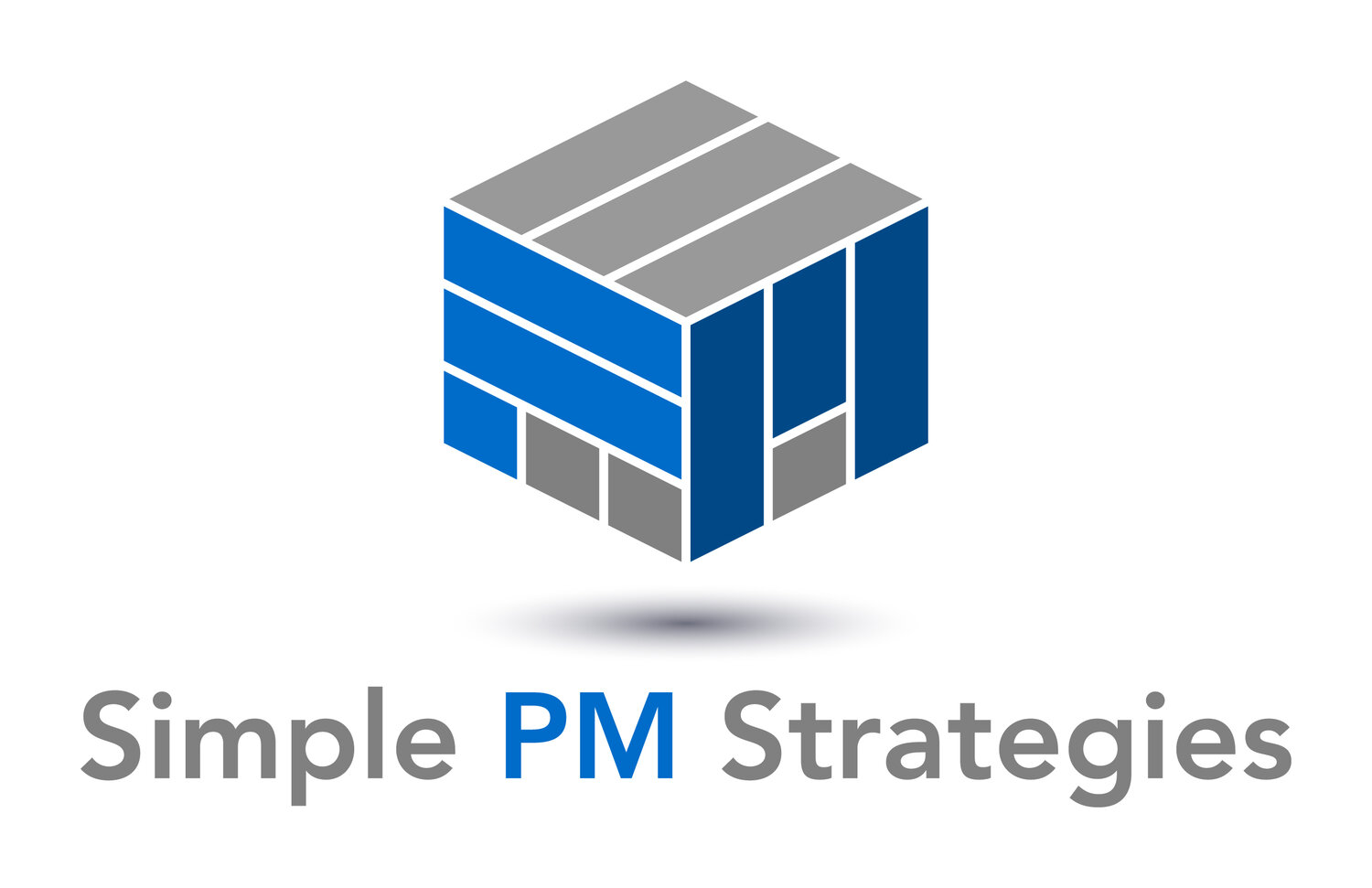3 Rules to Your Most Effective Project Deliverables
This article covers how to create your most effective project deliverables to ensure your project is considered successful. Deliverables are under CONTROL and under Things in the MPM model.
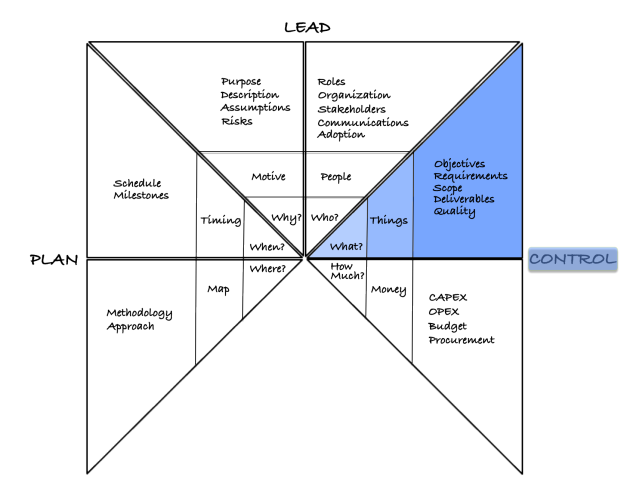
Deliverables are under CONTROL and under Things
Deliverables, or what your project is producing, obviously play an important role in the success of your project. But the nature of them and the rules you follow in creating them to ensure they are effective, are just as important.
Rule 1: Objectives Need Deliverables
Objectives are made up of the achievement of tangible things which are called deliverables or outcomes.
It is through their weekly and daily tasks, or activities, that the project team creates deliverables that meet the project objectives and achieve the purpose for the project.
The deliverables are the things being produced, whereas tasks are the activities to create the deliverables.
You might find it helpful to think of deliverables as things you can exchange for money. They have value that someone is interested in exchanging for money.
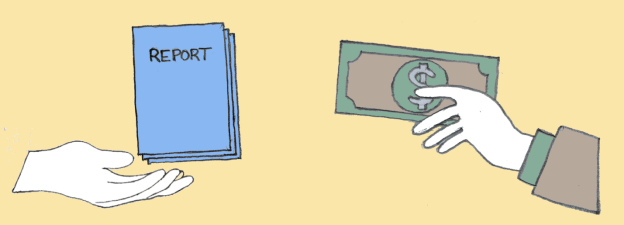
Deliverables can be thought of as things you create and exchange for money
When you are defining your deliverables think of how they support your project’s objectives. After creating the initial list of deliverables, ask if that set, when it is completed, will satisfy your project objectives.
Personal Projects Have Deliverables Too
Buying a new vehicle is a lot like a project, on a personal level. It involves help from friends or trusted advisors; a time frame to get it accomplished, and of course some money.
The deliverables include determining a price range based on financing available to you. The tasks to determine that price range could be researching leasing or loan options via a down payment based on what you could afford, or it could be via how much cash you had available if you wanted to pay it all with cash.
Another deliverable could include a list of dealerships that match your requirements. The tasks for this could be researching what was available within a certain geography, or based on model or type, and then calling or communicating with the dealerships to ensure the range of vehicles you were interested in were available for test drives.
You may argue that those are not deliverables. However, you could in theory hire a consultant to research available financing options or register at an online financing site for exactly that deliverable.
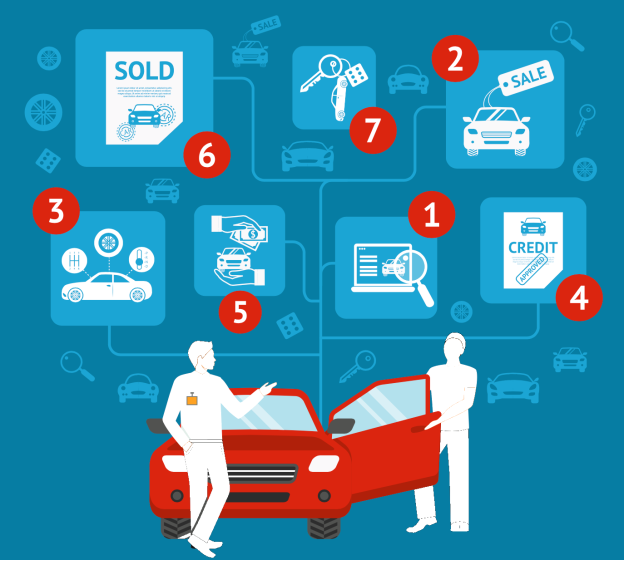
Personal projects, such as buying a car, has deliverables too
You could also pay someone to create a list of dealerships and do your shopping for you and present you with best choices for locations or options for test drives.
Your path through the project is by way of doing tasks or to complete your deliverables.
Rule 2: Start with What not How
One of your initial challenges then in wading through the INITIATE for your project is to create an initial list of deliverables. It does not need to be exhaustive but in order to estimate financials, project timeframes, and identify any specialized resources you might require, a preliminary understanding of deliverables is necessary.
The first version of your approach and schedule are based on the initial set of deliverables you identify. You can’t start estimating a schedule until you know what you are producing.
A common mistake made by project managers when developing this initial plan is to either make it solely from tasks or to mix tasks and deliverables together.
However, including tasks to early or to soon in your project approach can easily lead to a failed project plan. Project objectives are achieved, and requirements are met because of the deliverables or outcomes that are produced, not by the actions that are taken.
You don’t achieve things by being busy. You achieve things because of tasks the team does to create what you agreed to produce.
I have mentored many project managers who have struggled to create a schedule and plan because they have focused not on what they are creating, but what they are doing. In other words they created the first plan with a mixture of deliverables and tasks.
We were able to resolve their challenges by only putting deliverables in the first two levels and not introducing tasks until several levels down.
Your project starts with a list of deliverables or outcomes that you understand as the project manager before your team is engaged. Then in the first few sessions with your team, get your team’s help to help define the tasks to complete those deliverables. The team is there to also provide input on clarifying and providing alternatives to the deliverables you have identified.
Do not spend a lot of time developing the tasks for the deliverables for the INITIATE part of your project, unless those tasks have a major effect on the budget. You should find that deliverables are all you need.
Rule 3: State Deliverables as Achieved
Describe the deliverables like you’ve already achieved them because this brings focus to the tasks which produce the deliverables.
If you phrase them as an activity, they’re vaguer, and harder to achieve as a result. It’s a key difference.
Take a look at the chart below for the personal project of purchasing a vehicle to see some examples:
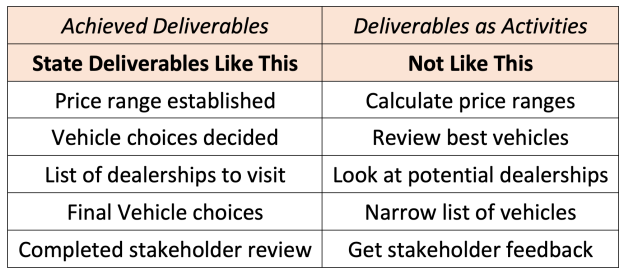
State deliverables as achieved rather than as activities
Deliverables are tangible things you can point to, so it helps to phrase them as if they are complete. Tasks, on the other hand, are the actions or activities you take towards completing the deliverable or outcome, so they feel action oriented.
You may not leave the deliverables stated in this manner on the final plan you work with, if you find the phrasing awkward, but for the project management exercise of defining tasks, you may find the shift in perspective helpful.
Summary
It is critical that your project has effective deliverables that support a successful finish because once your project starts the deliverables set becomes the major focus.
Make sure your deliverables support your objectives, so that when they are achieved, this achieves your measurable objectives as well.
Ensure you keep deliverables separate from tasks. Do not mix the two. So, start with “what” you are creating, your deliverables or outcomes, and then define the “how”, your tasks or activities that accomplish what you are creating.
Describe the deliverables like you’ve already achieved them because this brings focus to the tasks which produce the deliverables.
Action Steps / Apply This Knowledge
- Create a two-column table. In the first column list the three main deliverables you already have defined and if appropriate, list a few secondar deliverables under each, especially if each of these takes a few weeks or months to produce
- In the second column, in the cell beside each deliverable, list 2 to 6 tasks to achieve each deliverable or set of secondary deliverables.
- Review the two lists and make sure the deliverables and tasks are in the correct columns.
- Review the deliverables again and phrase each one as if it was completed or already accomplished. This may feel slightly awkward. However, see if that perspective changes your tasks or brings up any new deliverables or secondary, supporting, ones.
Learn More
In an upcoming workshop, for which you can subscribe to be notified when it’s available, we cover project management examples in detail.
Also, in the workshop, we go into greater depth on many of the project management items in the Project Management MPM model. As well you can ask questions about any of your current projects during the Q&A.
CONTROL – Creating Deliverables
© Simple PM Strategies 2021
